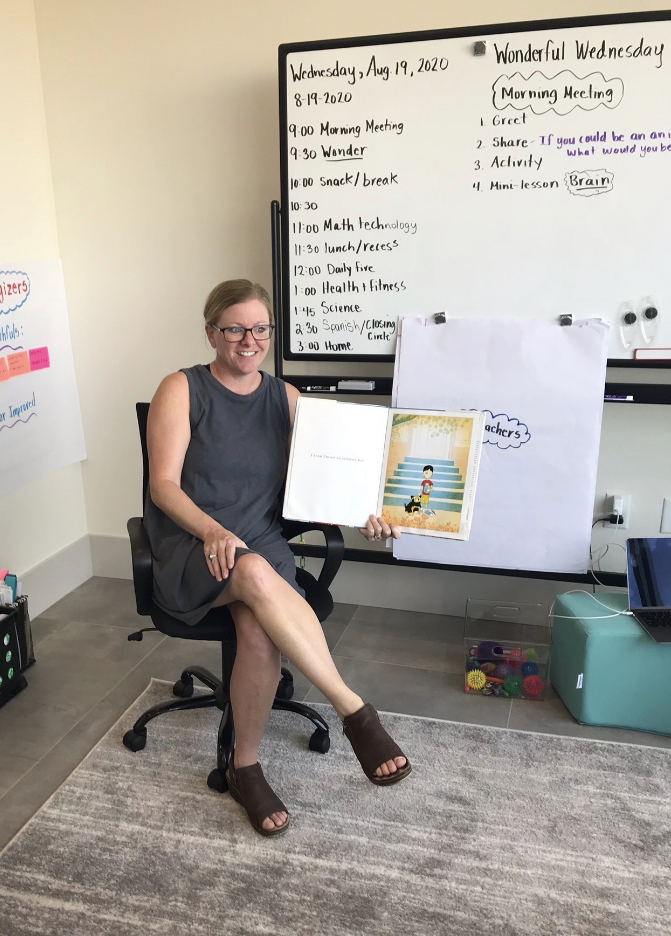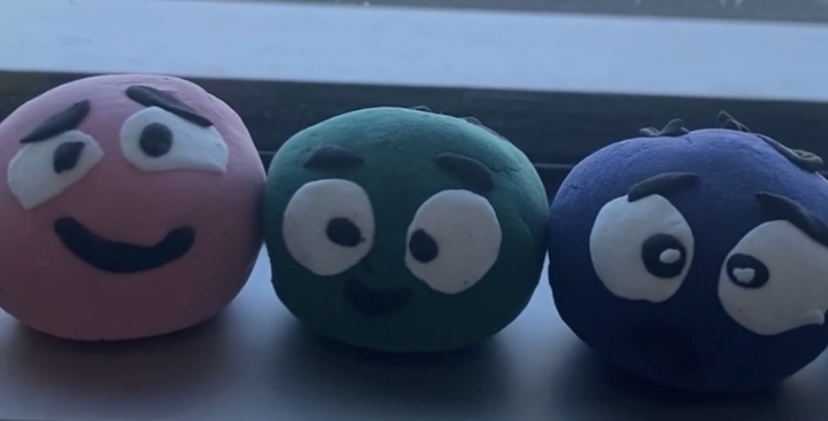Social-Emotional Learning (SEL)
Social-Emotional Learning
Social-Emotional Learning (SEL) Affinity Group - Led by Beth Vineyard
For more information please contact info@microschoolingcenter.org or fill out the form.
Goal: To provide best practices, research, resources, and engaging discussion topics to address the need for Social-Emotional Learning in education for educators and families Social-Emotional Learning fosters an authentic pathway for students to engage their hearts and minds. We know from research that if education shifts to promote and prioritize SEL, we will see positive long-term impacts on many outcomes, including academic performance, healthy relationships, mental wellness, and more.
According to CASEL (www.casel.org)… “SEL is the process through which all young people and adults acquire and apply the knowledge, skills, and attitudes to develop healthy identities, manage emotions and achieve personal and collective goals, feel and show empathy for others, establish and maintain supportive relationships, and make responsible and caring decisions.” As your facilitator, my role will be to help our group participate in rich conversations and share relevant experiences and resources. Our affinity group will be a safe place to share and learn from one another without trying to push any agendas while making room for all voices to be heard and acknowledged.


Beth's Story
My Journey with SEL in Education In 2007, I landed my first teaching job as a first-grade classroom teacher in Colorado. I was eager to help develop children's social-emotional skills but quickly learned that there was no time or place for this in my already academically packed schedule. I never imagined that my primary job as a teacher would be collecting academic data, feeling the pressure of showing academic growth, and having my students participate in high-stakes testing. It took a toll not only on my emotional health; but the emotional health of my students. Teachers are usually “rule followers”; therefore, I tried to keep pace with the academic demands and did, like most of my colleagues, put my nose down and forge forward. Unfortunately, I spent most of my time managing behavior, creating behavior plans, and expecting complacency from my students. As a result, I felt powerless and frustrated, leaving school empty daily.
Around year five, I noticed that I was still miserable, felt uninspired, and lacked joy. It was clear that something was missing, and it was clear to me that I needed to find a way to incorporate social-emotional learning in my classroom, or I needed to leave education. Eventually, I took the necessary steps to shift gears and prioritize social-emotional learning in my classroom. I permitted myself to dedicate time to practice social-emotional learning and provide activities to practice and learn how to understand emotions. We would know and discuss strategies to manage emotions, handle friendships, and practice conflict resolution, to name a few.
It was clear that after dedicating time and authentic opportunities to engage in activities and conversations supporting self-awareness, social awareness, and self-management, I noticed my students were learning to self-regulate, use self-control strategies, and be more kind and caring. Our joy factor increased, and we grew connections and healthy relationships. The fact was that when I moved SEL to the top of my daily planning, I saw my academic lessons become more accessible to all children and a place where learning could happen. Our connections and relationships were more robust, and we learned to be socially aware. As you can imagine, negative behaviors decreased, and our learning community began to thrive socially and academically.

